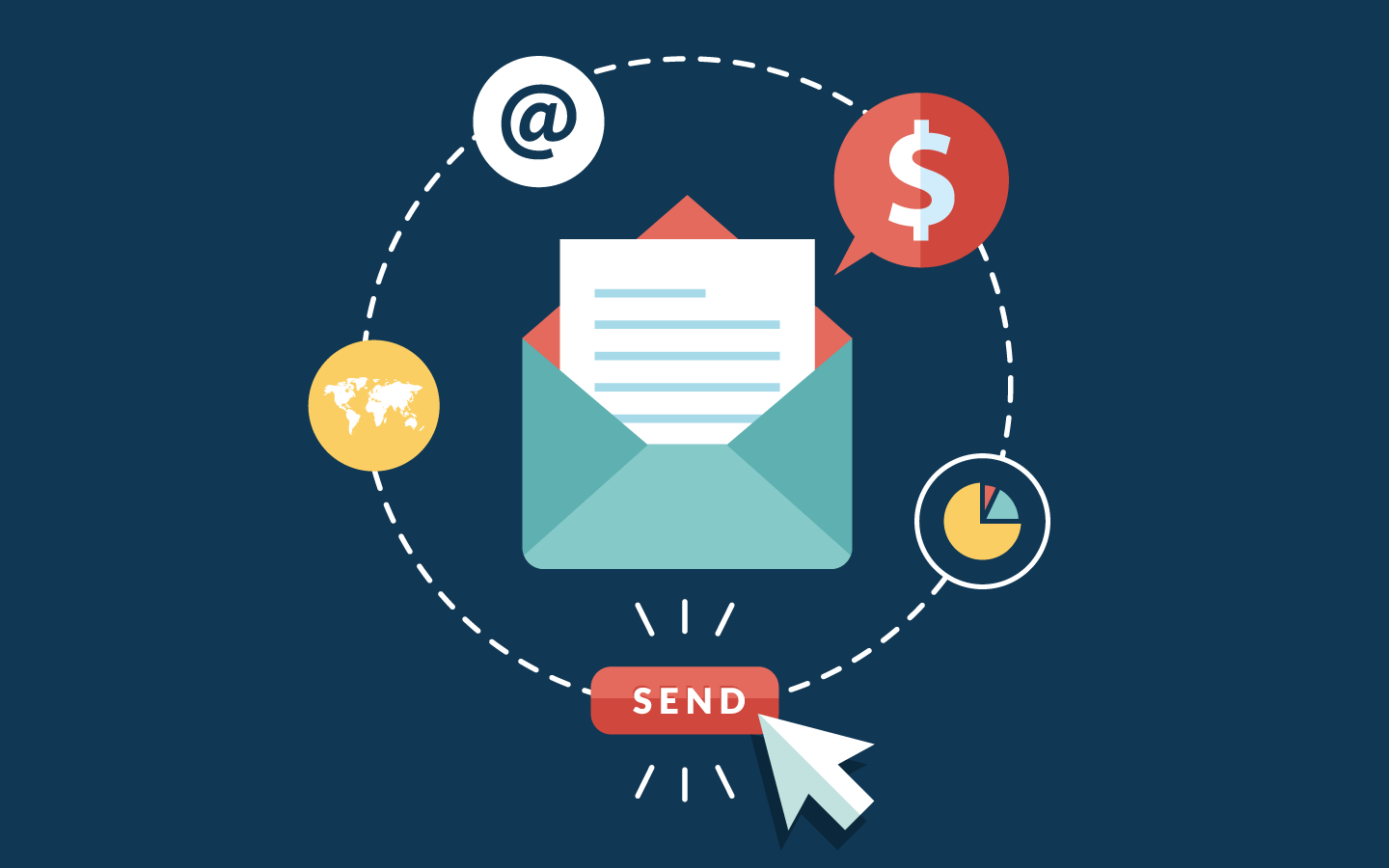
Cold Email Marketing: Introduction
Cold email marketing is a modern strategy that has seen a strong surge in popularity, especially as fewer marketers use cold calling as a method to get prospects. A good cold email extends your business to prospects via email without having any prior connection to them. Believe it or not, a well planned and executed cold email can produce higher rates of user action and engagement than any other social media campaigns or SEO activities.
Regardless of your niche or business type, the email marketing process is similar. Follow these 10 steps to create a highly successful and effective email marketing campaign and take your business to the next level.
1. Define your Goals
First and foremost, you need to clearly define your goals and determine your purpose for using email marketing. This could range from making more sales, generating more traffic to the main website, promoting your brand, gathering precious information from your customers or gathering feedback from your prospects regarding one of your products or services.
2. Choose the Right Target Group
The next logical step in this process is to draw a clear picture of your target group. To do that, you should start creating your own buying personas. A buyer persona is a model of a real customer who might buy from you. Here is a comprehensive guide on how to create buyer personas you can use to determine the right target group for you.
3. Choose the Best Email Marketing Provider
To be successful with cold email marketing, you need to be smart and work with the best. Conduct throughou research in order to determine which email provider comes closest to what you need. Three industry leaders that we recommend to manage your campaigns are MailChimp, AWeber and Constant Contact. Start with one of those first!
4. Clean your Current Database
If you’ve had a website for a while, you probably already have a decently-sized database with email addresses. Do not write them off from the start, but spend some time cleaning this database in order to improve existing information and remove expired data. Here are some great tools you can use to verify all your email addresses and update the contacts: StrikeIron, D&B and Jigsaw.
5. Start Creating Relevant Content
The next step and probably the most important one once your database is clean is to create personalized emails that cater to your buyer personas. This leads to higher open and click rates, and builds brand loyalty rather than just “selling.” Also, make it clear why you are reaching out to your prospects. When writing a cold email, do not just list the reasons why you are reaching out, but present the reasons why you are reaching out specifically to your prospects. Add a sentence or two about how your prospect’s work and insights might be helpful to your company, and make them feel important and valuable to get their full attention. Those who are able to put themselves in the other person’s shoes are the best at cold emailing.
Are you an architect trying to sell blueprints to home builders? Consider researching the biggest frustrations builders have with architects in this field before you start reaching out, and address them up front.
6. Say the Right Thing
To get your prospects opening your email and interested in your offering, it is imperative to know exactly what to say. For starters, the subject line should not be about your brand, but about your customers. Do not start your email by introducing your business, but use a hook to grab their attention. Here are some of the best email subject lines that can inspire you for your cold email marketing campaign.
Keep your email tight, with no more than three paragraphs or 6 sentences total. Additionally, try not to use hyperlinks or attachments. Most email providers use spam filters that consider hyperlinks and attachments as spam. Once you follow these rules, you have good chances that your prospects will respond to your emails. In case they don’t respond, here are some reasons why.
7. Segment your Audience
When creating cold emails, you should not send the same email to all of your subscribers. Segmenting your audience enables you to match your recipients’ interests and shows them that you care about their personal needs. For instance, you can try to add a little local flavor to each email to show your prospects that you relate to them more intimately than they may have previously thought. Additionally, capitalize on behavioral segmentation to boost your results and to specifically cater to your audience’s needs. This involves looking at your data to determine your most valuable customers, and treating them with special care. You can also use a “We Miss You” campaign to inactive customers.
8. Be Present on All Channels
Your customers are online 24/7 through their laptops, tablets and smartphones. Consumers use all the channels they can get to find the information they need. As a marketer, you need to focus on all channels, including desktop and mobile. Make sure your content is readable on all devices and use various tools and strategies to reach your customers.
9. Get your Timing Right
Lastly, you should ensure you are sending the emails on the right days, at the right time. According to a Pardot survey released back in 2012, most people check their emails on Tuesday, from 10 am to 3 pm. That’s when you should send your emails, but stay on top of trends and insights to remain plugged in to this vital piece of successful cold email marketing
10. Tracking Your Cold Email Marketing
An effective email marketing campaign should be tracked, analyzed and adjusted constantly. Tracking gives you actionable metrics which you can later use to track the effectiveness of your whole email campaign or of separate elements, such as the timing of emails and open rate. Track click-throughs, open rates and bounce rate and build a golden strategy over time!
Although mastering cold email marketing can be more challenging because you don’t have a much of a previous relationship with your prospect (if any), it can also be a profitable strategy if done with professionalism and tastefulness. If at first you don’t see the results you were looking for, don’t be afraid to mix it up and try another approach observing your results and tweaking as necessary.


